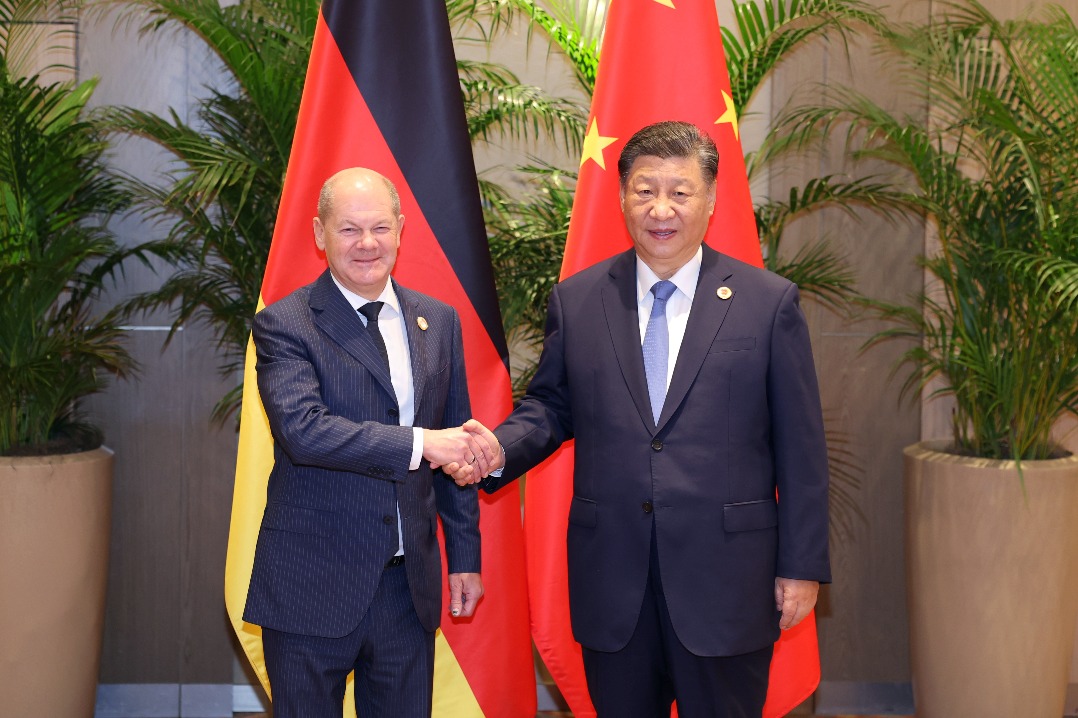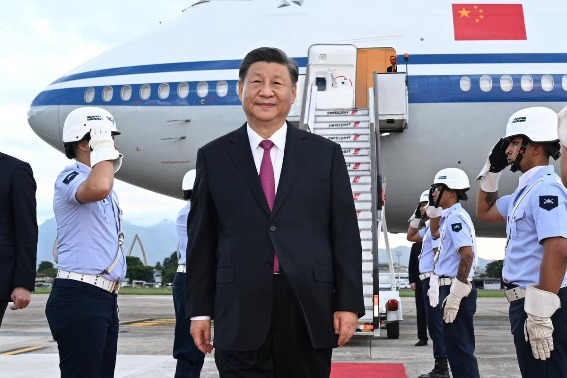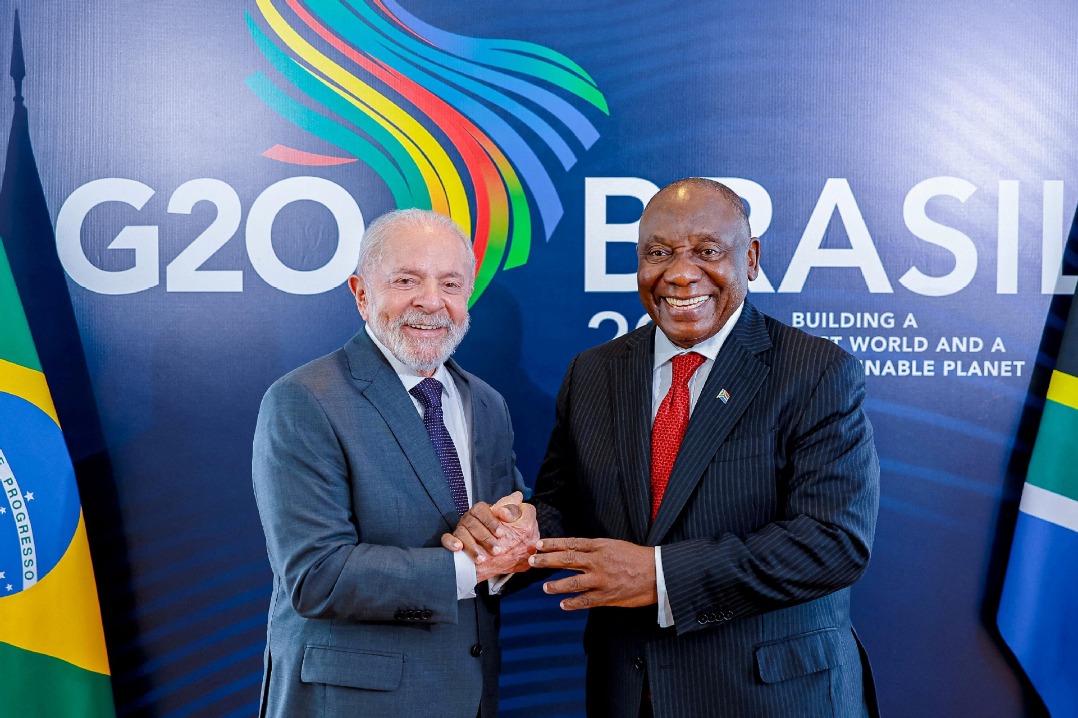Experts: China still dominates manufacturing
By LIA ZHU in San Francisco | chinadaily.com.cn | Updated: 2024-02-21 11:15

The notion that global industry is looking to relocate from China is often rooted in rhetoric
Despite narratives of decline, China's manufacturing dominance remains unshaken, evolving and adapting to the shifting global landscape, said experts who believe that perceptions of diminishing power often stem from anecdotes rather than data.
The rhetoric that businesses are increasingly looking to relocate manufacturing closer to their home markets to "de-risk" from China overlooks the fact that China is not only adapting to this new trend but also embracing it with a constructive approach, said Kerim Antoine Kfuri, a supply chain expert.
The approach China is making to maintain its role is "near-shoring", Kfuri told China Daily, where China extends its manufacturing expertise to countries closer to its target markets.
"By working diligently to be a part of global near-shoring efforts, China continues to solidify its position as the dominant player in manufacturing and global supply chain," said Kfuri, founder of the Atlas Network LLC, an American company that provides services for mass production, consulting and logistics.
Mexico serves as a prime example for China's active participation in the near-shoring trend. With its proximity to the US, it has attracted not only US companies but also Chinese ones.
A 2023 analysis by Holland & Knight revealed that 80 percent of the space leased by foreign companies in Mexican industrial parks is occupied by Chinese firms, compared with 15 percent rented by US-based companies.
Furthermore, the perception of China as solely a "low-cost, low-quality" manufacturer is outdated, he said.
"This couldn't be further from the truth as some of the most luxurious and prolific global brands have been producing their goods for decades in China," said Kfuri.
Additionally, while geographical distance may seem like a hurdle, China's production speed and scale often compensate, leading to faster product delivery despite the distance, Kfuri pointed out.
China's production speed and manufacturing scale is five to 10 times (even greater in many scenarios) faster than anywhere else in the world, he explained, so shorter production windows yield a faster "product-in-hand" solution despite the geographic distance.
William Bratton, head of Asia-Pacific cash equity research at BNP Paribas, a leading bank in Europe, emphasized the "all-too-frequent" disconnect between rhetoric and reality when discussing China's manufacturing capabilities, while maintaining that analysis should be driven by numbers and data rather than anecdotes or perceptions.
What is "particularly remarkable" about China's evolving trade structure, said Bratton in a recent blog post, is its capabilities of expanding exports in both low- and high-technology industries simultaneously, whether it's leather products or optical instruments.
In 2021, China generated nearly half the region's manufactured exports, compared with less than a third 15 years ago, he added. The country's rising share of global manufacturing exports also demonstrates that "Chinese manufacturers are, in fact, continuing to go from strength to strength", he said.
A new study by the European think tank the Centre for Economic Policy Research confirms China's dominance in global manufacturing, with its production exceeding that of the nine next largest manufacturers combined.
Analyzing the Organization for Economic Co-operation and Development's recently released 2023 update of the TiVA database, the study found that in 2020, China made up a staggering 35 percent of global gross manufacturing production, followed by the US, Japan, Germany — China's share is three times the US share, six times Japan's, and nine times Germany's.
By 2020, China's share of global manufacturing exports had risen to 20 percent, compared with just 3 percent in 1995, according to the study.
"I don't think it is as widely known as it should be. Now China is the world's sole manufacturing superpower," said Richard Baldwin, the study's author and professor of International Economics at IMD Business School in Lausanne, Switzerland.
Baldwin urged caution against calls for decoupling from China, highlighting the complex and interconnected nature of global supply chains, where all major manufacturers in the world rely on China for at least 2 percent of their industrial inputs.
"Politicians who indulge in loose talk about decoupling from China need a clear-eyed look at the facts," he said. "Decoupling would be difficult, to say the least."
























